

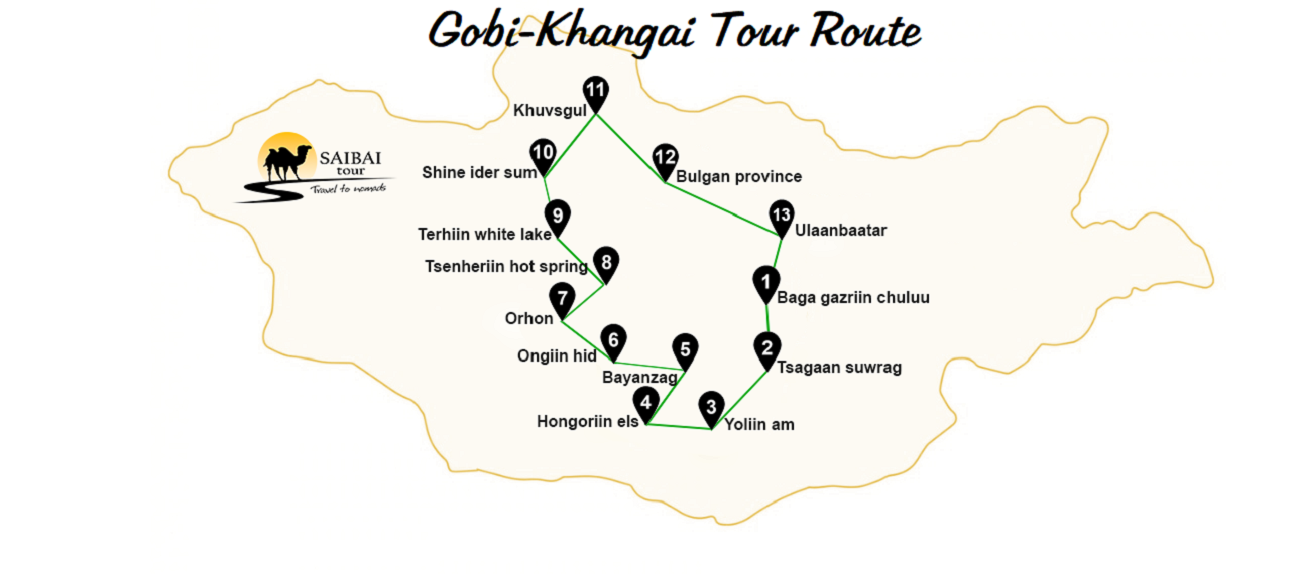
Although the continental country is mostly covered in steppes, you'll also see wondrous sights like lakes, canyons, sand dunes, and cliffs along the way. Getting from one province to another requires days of driving over some of the roughest terrain on Earth, often across vast empty spaces. Sometimes your only companions on the road are the herds of horses, yaks and sheep grazing on the plains. At other times, eagles are seen hovering above.
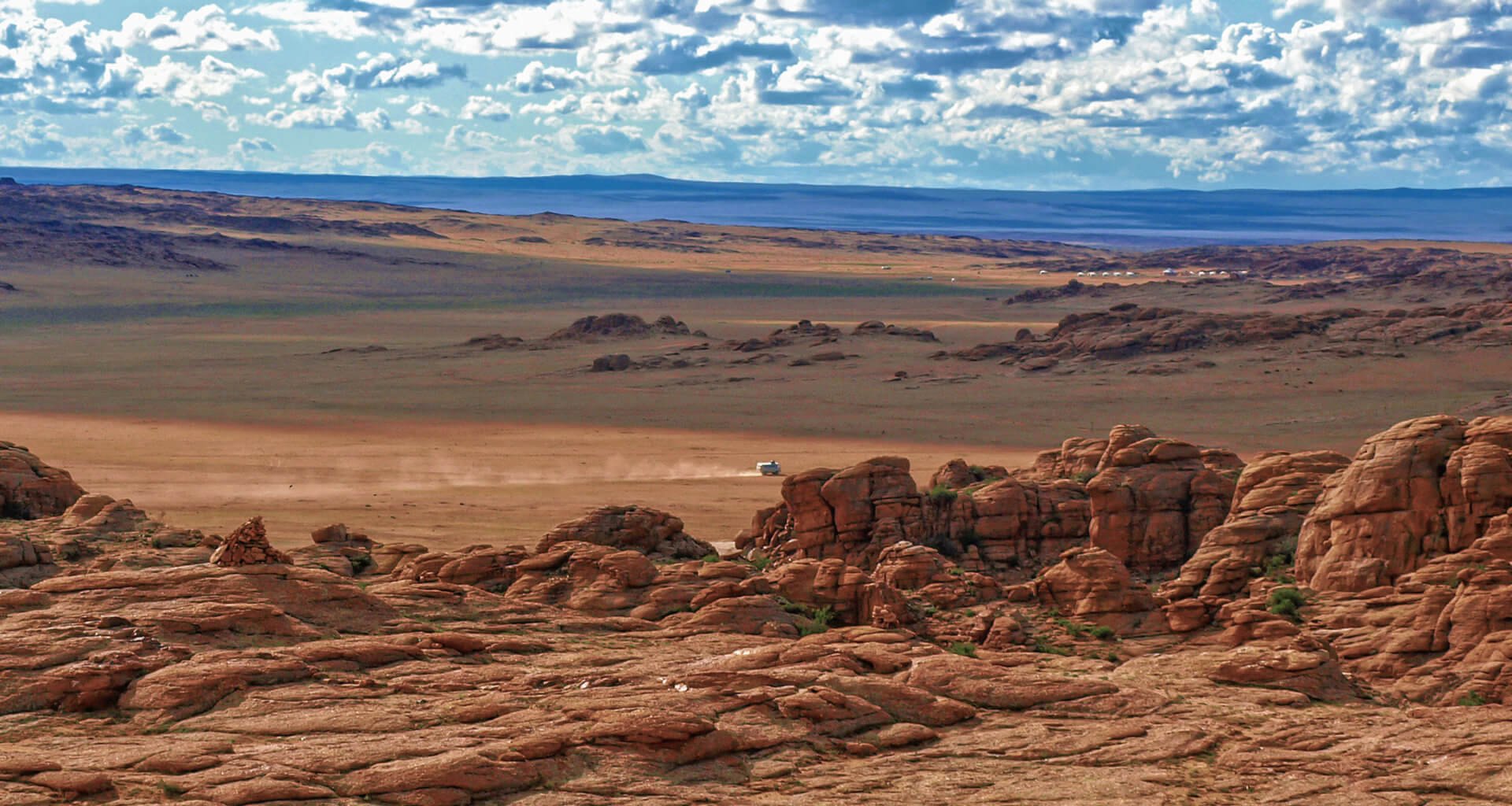
Day 1. Baga Gazariin Chuluu
Baga Gazriin Chuluu is located 230 km south of Ulaanbaatar and 37 km northwest of Delgertsogt town in Dundgobi province, mostly accessible via paved roads. This granite mountain zone rises up to 200 meters and spans 300 sq.km, with Takhilgat Peak reaching 1768 m. The area features streams, aspen groves, and rich historical remains—from Bronze Age tombs and rock carvings to ruins of 17th–19th century temples. Wildlife like wild sheep and ibex roam its canyons, while the wind-sculpted rock formations offer excellent opportunities for hiking, bouldering, and camping.
Program
 Meal
Meal
 3g/4g
3g/4g
 Bath
Bath
 Light
Light
 Charging
Charging
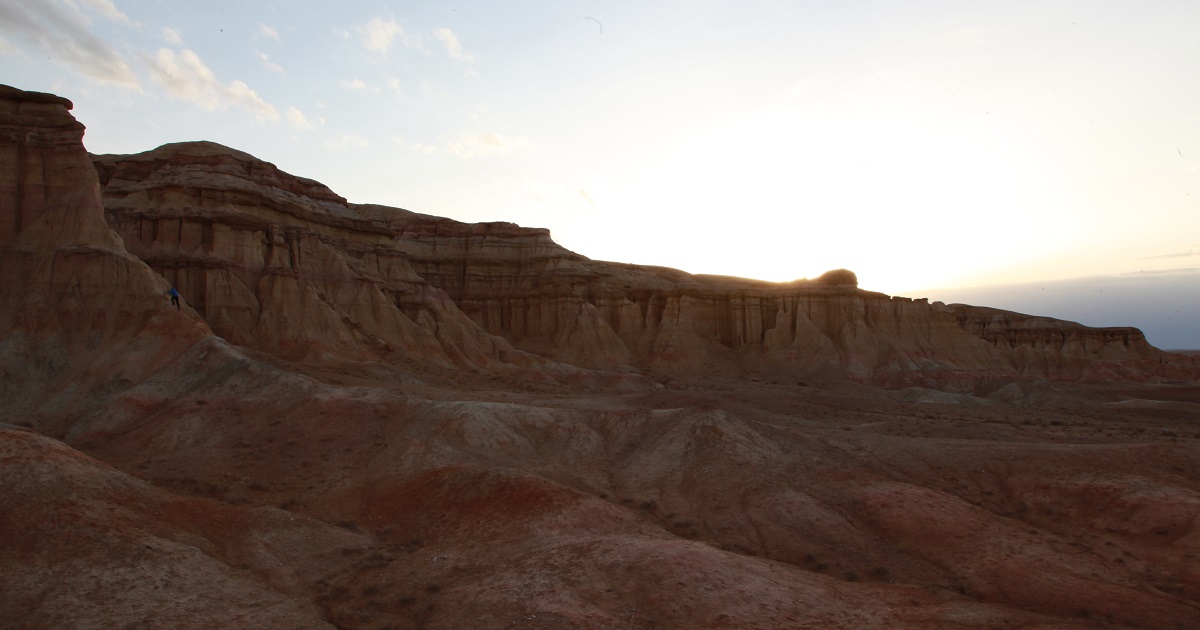
Day 2. Tsagaan Suvarga
Tsagaan Suvarga, or the White Stupa, is a striking cliff formation in southwestern Dundgobi province. Once an ancient seabed, its layered sedimentary structure formed over millions of years. The 60-meter-high escarpment stretches over 400 meters and faces east, glowing beautifully at sunrise. From afar, it resembles the ruins of an ancient city. During storms, animals sometimes fall from its sheer cliffs. After heavy rain, water cascades down the face like a dramatic waterfall.
Program
 Meal
Meal
 3g/4g
3g/4g
 Bath
Bath
 Light
Light
 Charging
Charging
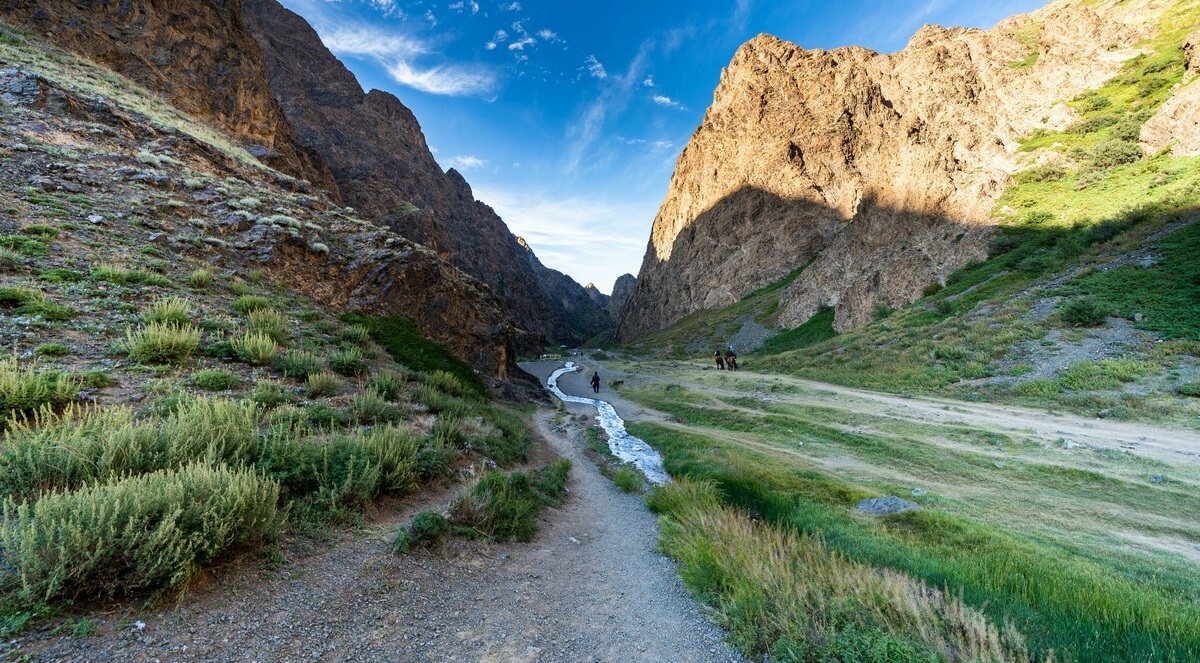
Day 3. Yolyn Am
Yolyn Am, or the Valley of the Vultures, is a deep, narrow gorge in the Zuun Saikhanii Nuruu range of southern Mongolia’s Gurvan Saikhan Mountains. Named after the Lammergeier (Yol in Mongolian), this dramatic valley lies in the arid Gobi Desert yet is known for its unexpected ice field. By winter’s end, the ice can be several meters thick and stretch for kilometers. While it once lasted year-round, today it typically melts by September. It is also a great place to spot eagles, wild argali sheep and golden eagles.
Program
 Meal
Meal
 3g/4g
3g/4g
 Bath
Bath
 Light
Light
 Charging
Charging
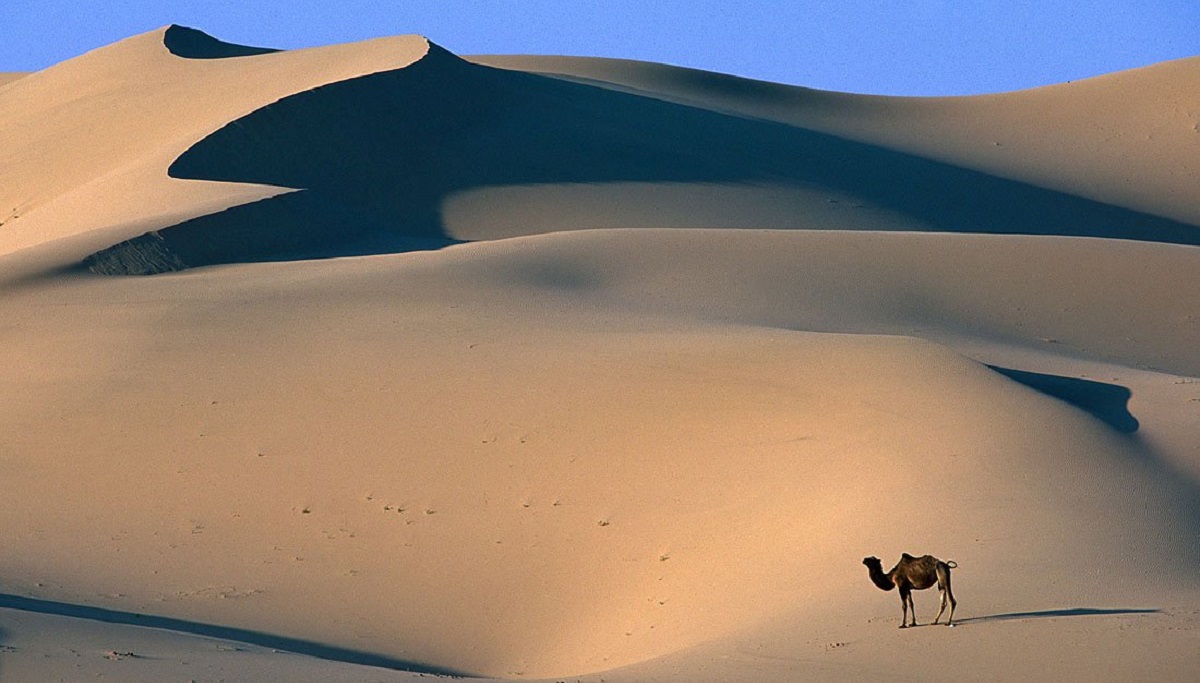
Day 4. Hongoriin Els
Hongoriin Els, or the Khongor Sand Dunes are among the largest and most striking in Mongolia, stretching 180 km in length, up to 8 km wide, and towering as high as 200 meters. They rise dramatically between the Altai Mountains to the south and lush oases and streams to the north. Climbing the dunes is a rewarding challenge—not only for the stunning views from the top but also for the unique "singing" sound the sand makes under your feet.
Program
 Meal
Meal
 3g/4g
3g/4g
 Bath
Bath
 Light
Light
 Charging
Charging
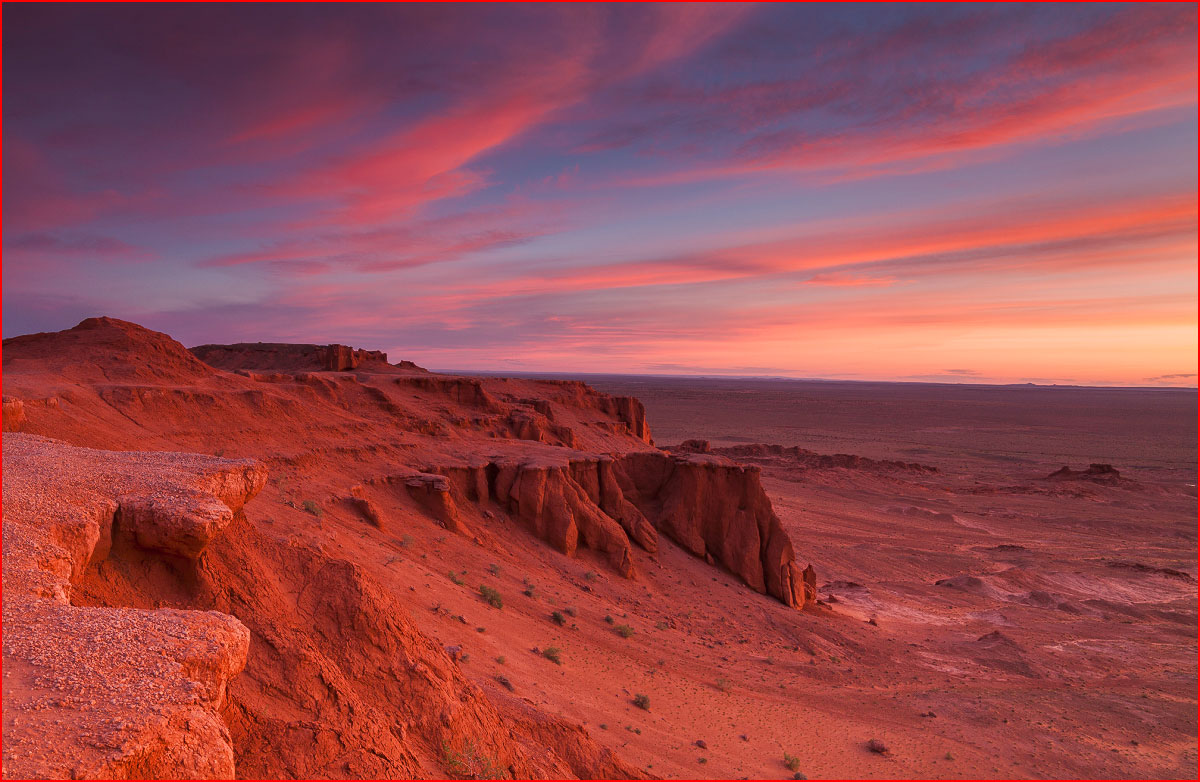
Day 5. Bayanzag
Bayanzag, also known as the Flaming Cliffs, is famous for its red clay formations sculpted by wind and rain over thousands of years. The name Bayanzag means "rich in saxaul," referring to the native desert tree that grows here. In 1922, American paleontologist Roy Chapman Andrews and his team accidentally discovered dinosaur fossils while searching for traces of ancient humans. Their find—dinosaur bones and the world’s first dinosaur eggs—put Bayanzag on the world map as a major paleontological site.
Program
 Meal
Meal
 3g/4g
3g/4g
 Bath
Bath
 Light
Light
 Charging
Charging
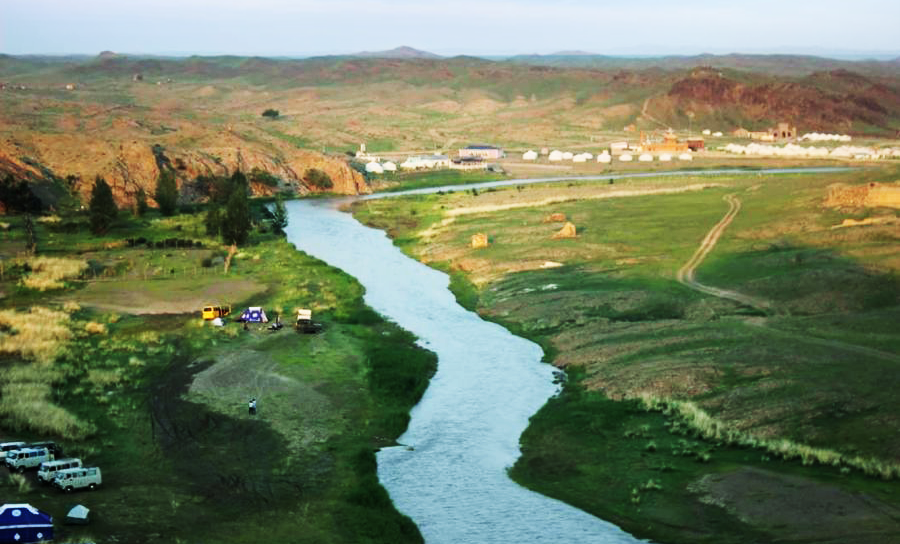
Day 6. Ongiin Hiid
Ongiin Hiid - the Ongi Monastery was once one of the largest monastic complexes in the Gobi Desert, spread across both banks of the Ongi River and linked by a bridge. The southern side housed Hutagt Monastery, founded over 320 years ago with 9 main temples, while Balim Monastery on the north was built about 240 years ago with 13 temples. At its peak, Ongi had four religious schools and over 1,000 monks. Sadly, it was destroyed during the 1930s communist purges, leaving only a stupa. Monastic life resumed in 1990, and a small temple was rebuilt in 2004.
Program
 Meal
Meal
 3g/4g
3g/4g
 Bath
Bath
 Light
Light
 Charging
Charging
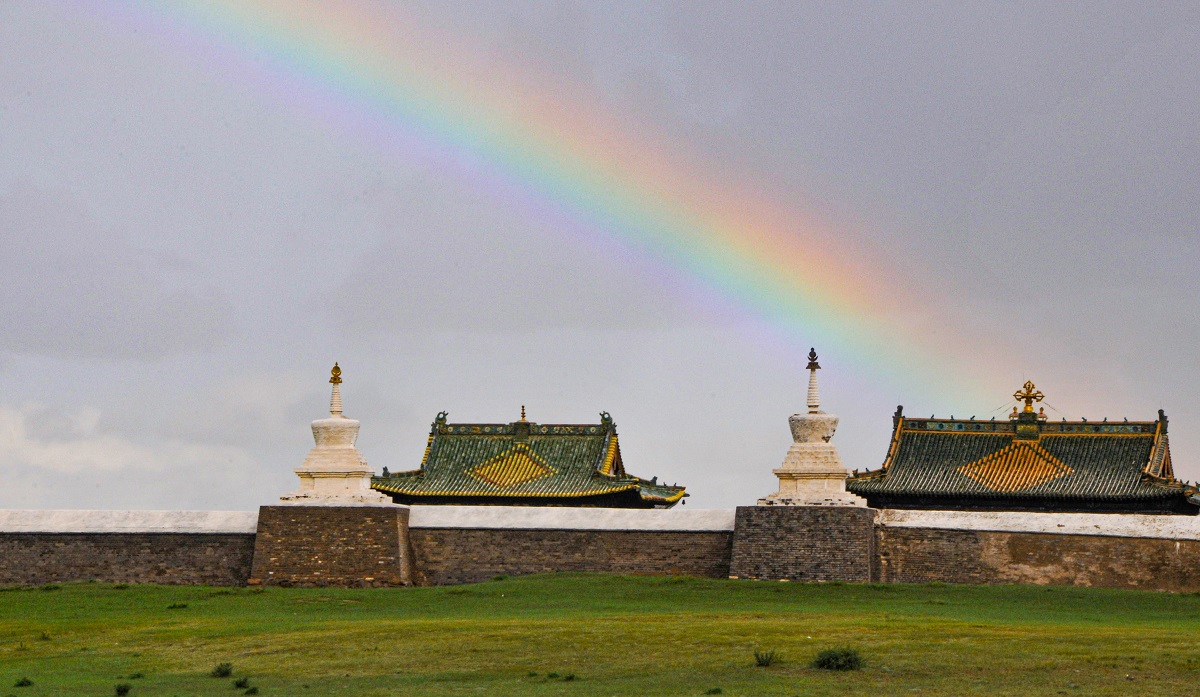
Day 7. Karkhorin
Kharkhorin, the first capital of the Mongol Empire, was founded by Genghis Khan in 1206. It served as Mongolia’s center for 32 years and thrived as a major trade and religious hub for 140 years. In the 1580s, the first temple of Erdene Zuu Monastery was built on its ruins by order of the Dalai Lama. By the late 1700s, the site included 62 temples and over 500 structures. Today, Erdene Zuu is a UNESCO-registered heritage site.
Program
 Meal
Meal
 3g/4g
3g/4g
 Bath
Bath
 Light
Light
 Charging
Charging
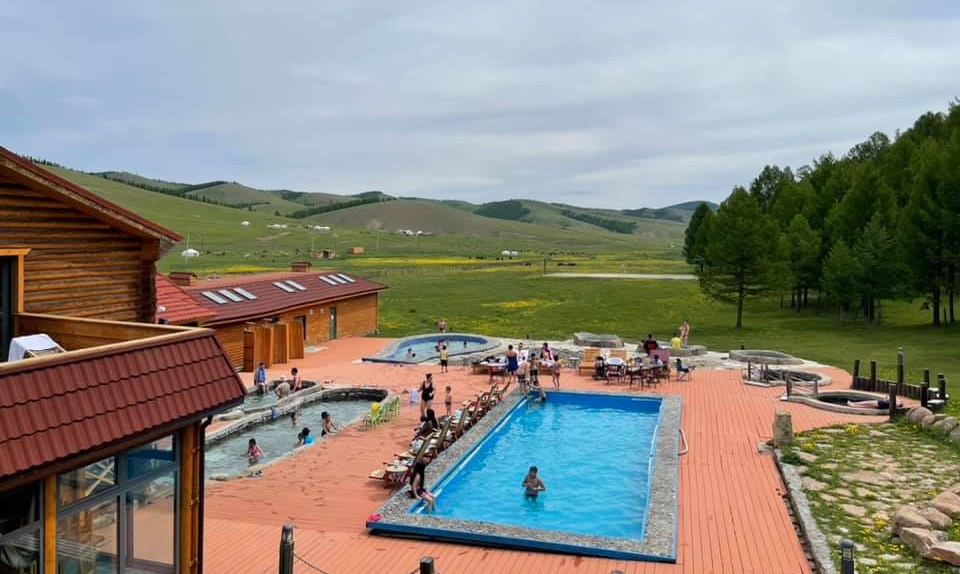
Day 8. Tsenkher Hot Springs
Tsenkher Hot Springs, Mongolia’s most renowned natural spa, lies 27 km south of Tsetserleg in Arkhangai province. Surrounded by forested hills and rugged mountains, the springs emerge at 85.5°C and are believed to ease joint and nerve conditions. Rich in minerals like hydrogen sulfide and sodium carbonate, Tsenkher offers both indoor and outdoor baths in a tranquil valley setting—perfect for relaxation and rejuvenation.
★Note★
Pack the essentials for the hot springs—swimsuit and beachwear.
Program
 Meal
Meal
 3g/4g
3g/4g
 Bath
Bath
 Light
Light
 Charging
Charging
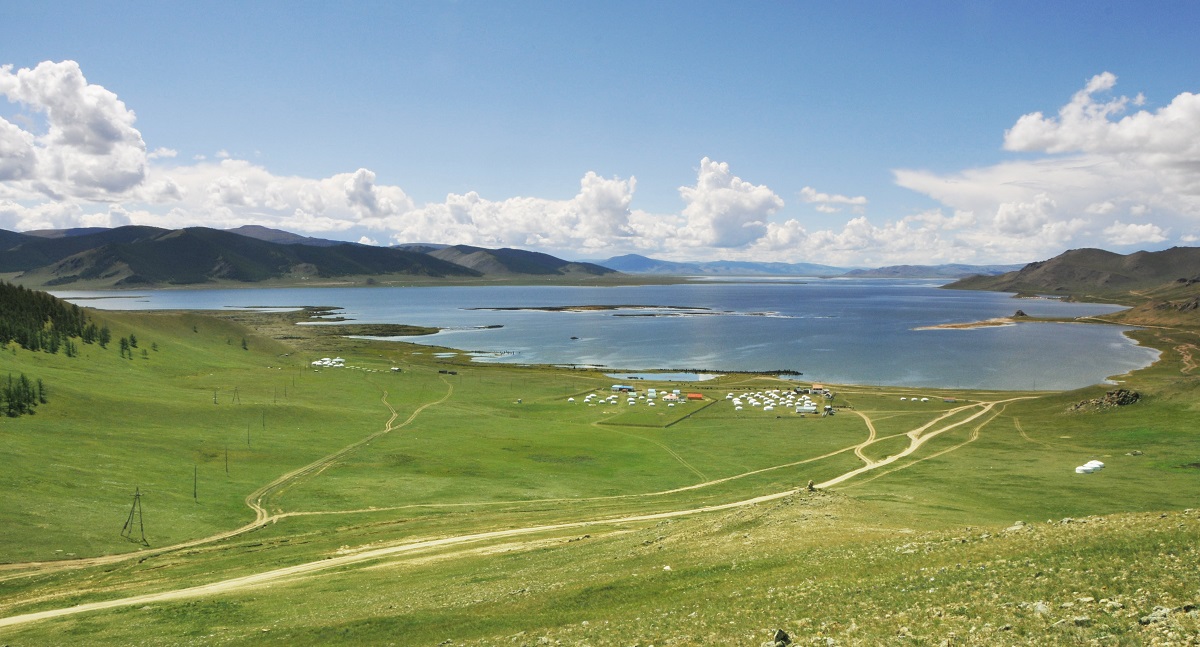
Day 9. Terkhiin Tsagaan Nuur
Terkh White Lake, or Terkhiin Tsagaan Nuur, is a breathtaking freshwater volcanic lake located in Arkhangai Province, about 675 km west of Ulaanbaatar. Formed thousands of years ago when lava from the Khorgo volcano blocked the Terkh River, the lake now sits at an elevation of 2,060 meters above sea level. It stretches 16 km in length, spans 4–10 km in width, and reaches a maximum depth of 28 meters, with an average of around 20 meters. Surrounded by volcanic mountains and rolling grasslands, Terkh White Lake is known for its crystal-clear waters and serene atmosphere, making it a favorite spot for hiking, photography, and relaxation. It remains one of Mongolia’s most cherished natural wonders.
Program
 Meal
Meal
 3g/4g
3g/4g
 Bath
Bath
 Light
Light
 Charging
Charging
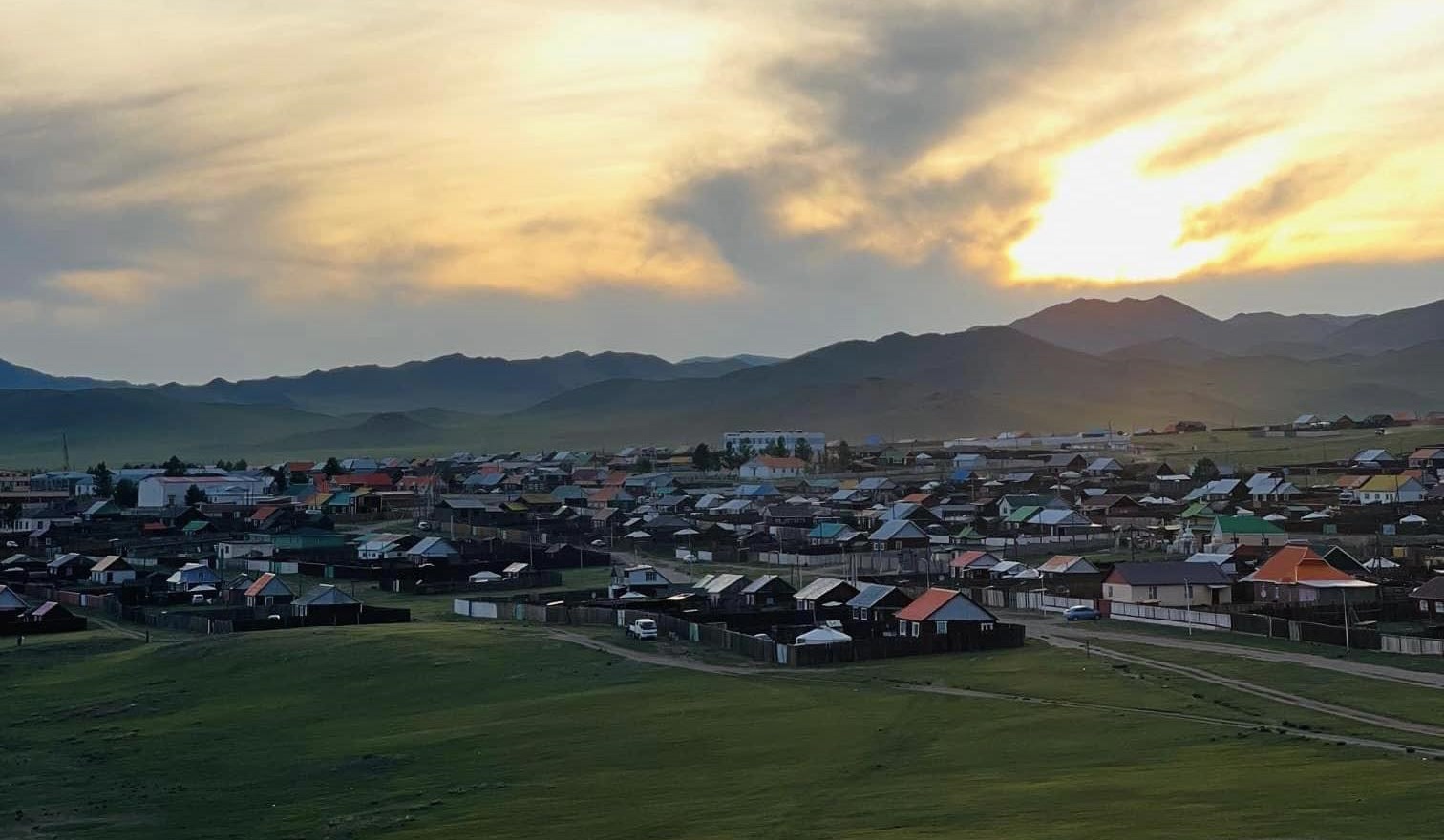
Day 10. Ider Soum
On our journey to Lake Khuvsgul, we’ll stop halfway for an overnight stay in Ider Sum—with the option to camp if the weather permits. Nestled in a tranquil valley, Ider Sum provides a peaceful and scenic rest spot, offering a refreshing break between long days of travel through Mongolia’s vast landscapes.
Program
 Meal
Meal
 3g/4g
3g/4g
 Bath
Bath
 Light
Light
 Charging
Charging
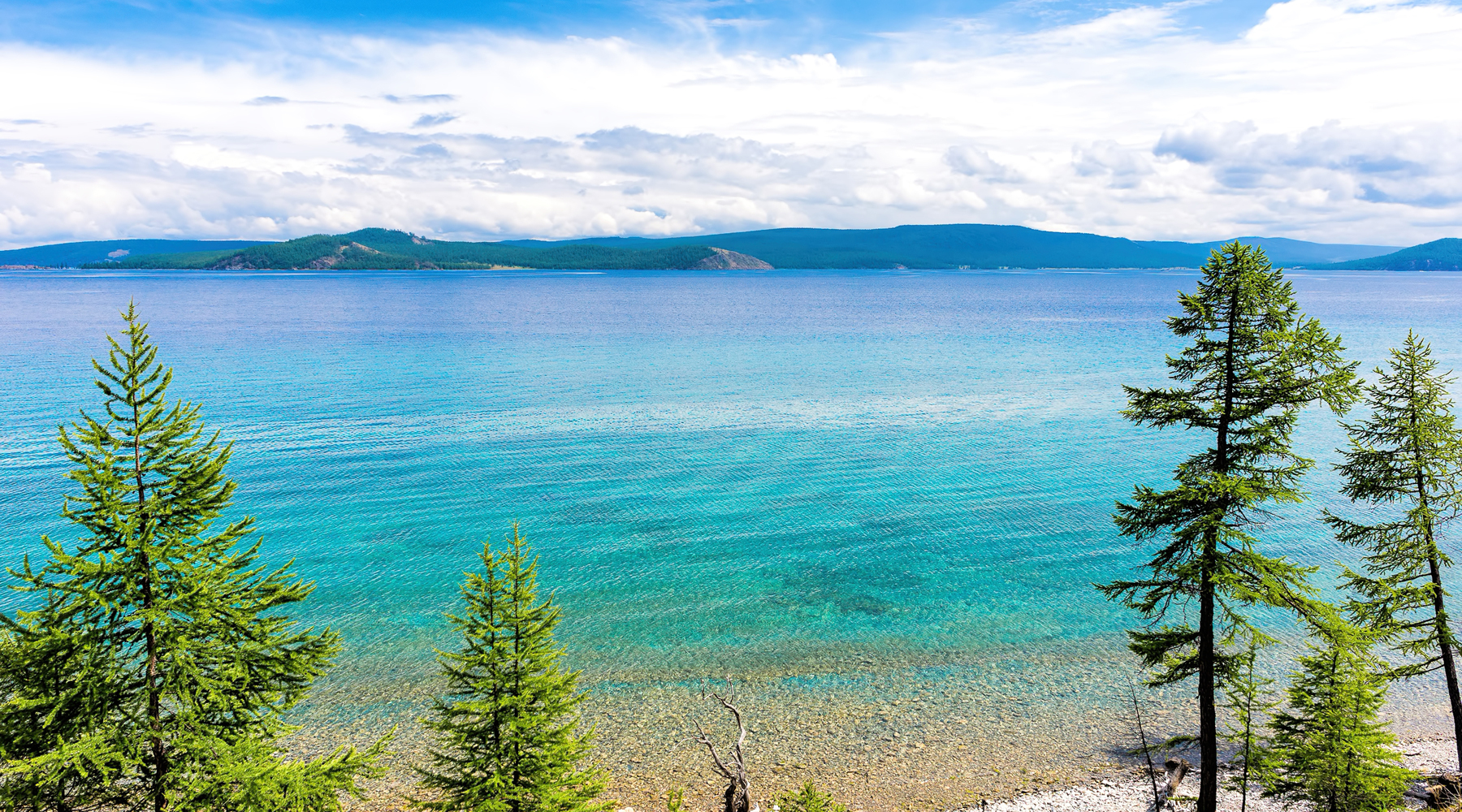
Day 11. Khuvsgul Nuur
Khuvsgul Nuur, or Lake Khuvsgul, located at 1,645 m on Mongolia’s northern border with the Siberian Taiga, is the country’s largest freshwater lake and second largest by surface area at 2,760 sq km. It stretches 136 km long and 36 km wide, with a maximum depth of 262 m. Fed by over 90 rivers, it drains south via the Egiin Gol River, which eventually flows into Siberia’s Lake Baikal. Holding 70% of Mongolia’s freshwater and 1-2% of the world’s, Khovsgol Lake is incredibly clear—its water is as blue and transparent as the Caribbean. Imagine spending your holiday by this stunning, pristine lake.
Program
 Meal
Meal
 3g/4g
3g/4g
 Bath
Bath
 Light
Light
 Charging
Charging
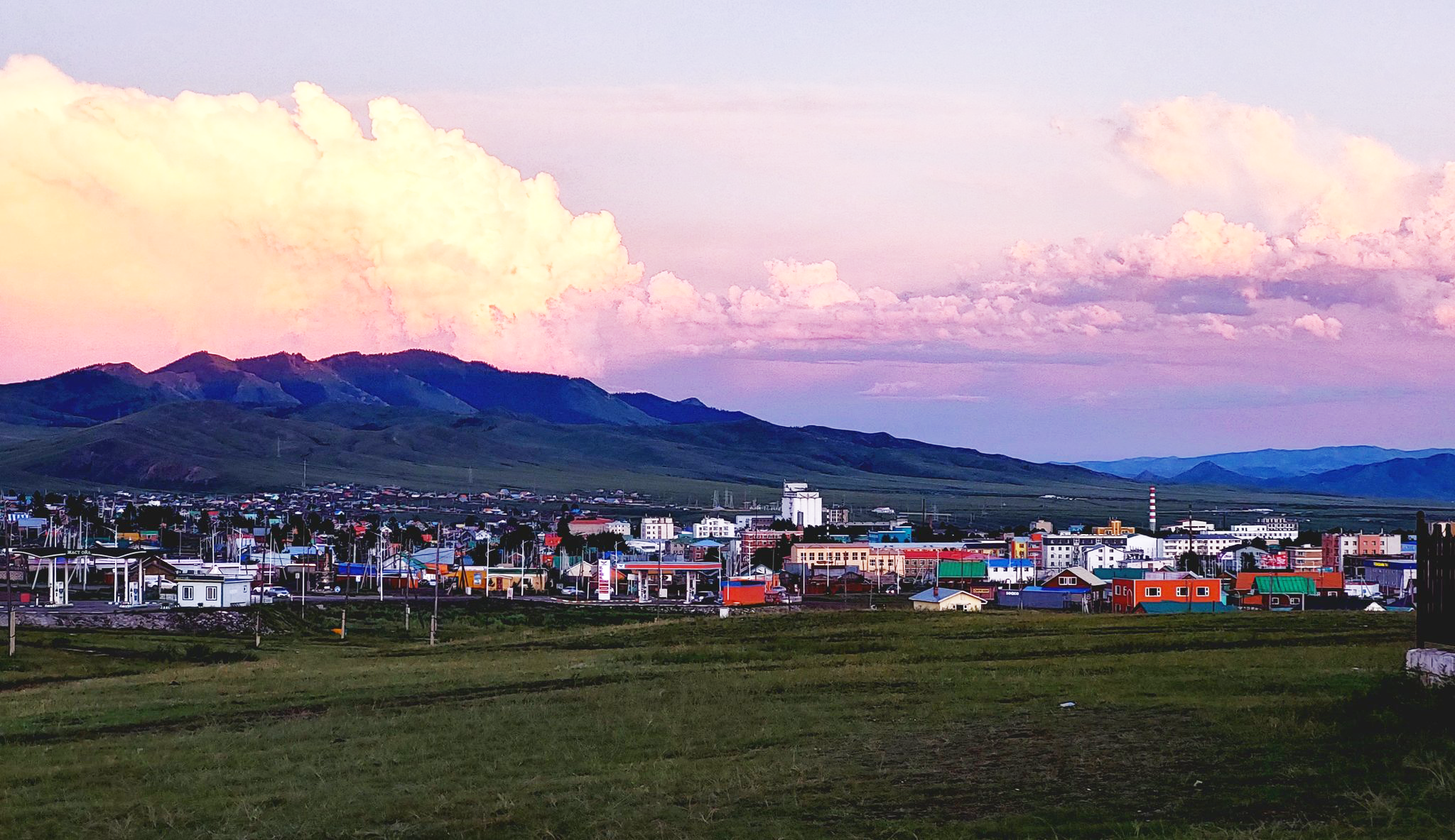
Day 12. Bulgan Aimag
Today, we begin our journey back to the capital city. Along the way, we stop in Bulgan, a town long known to travelers as a convenient overnight stop between Ulaanbaatar and the popular Khuvsgul Lake. If you’ve been exploring central or southern Mongolia, Bulgan may surprise you with its lush conifer forests, charming log cabins, and the noticeable absence of traditional gers—offering a different glimpse into Mongolian life and landscape.
Program
 Meal
Meal
 3g/4g
3g/4g
 Bath
Bath
 Light
Light
 Charging
Charging
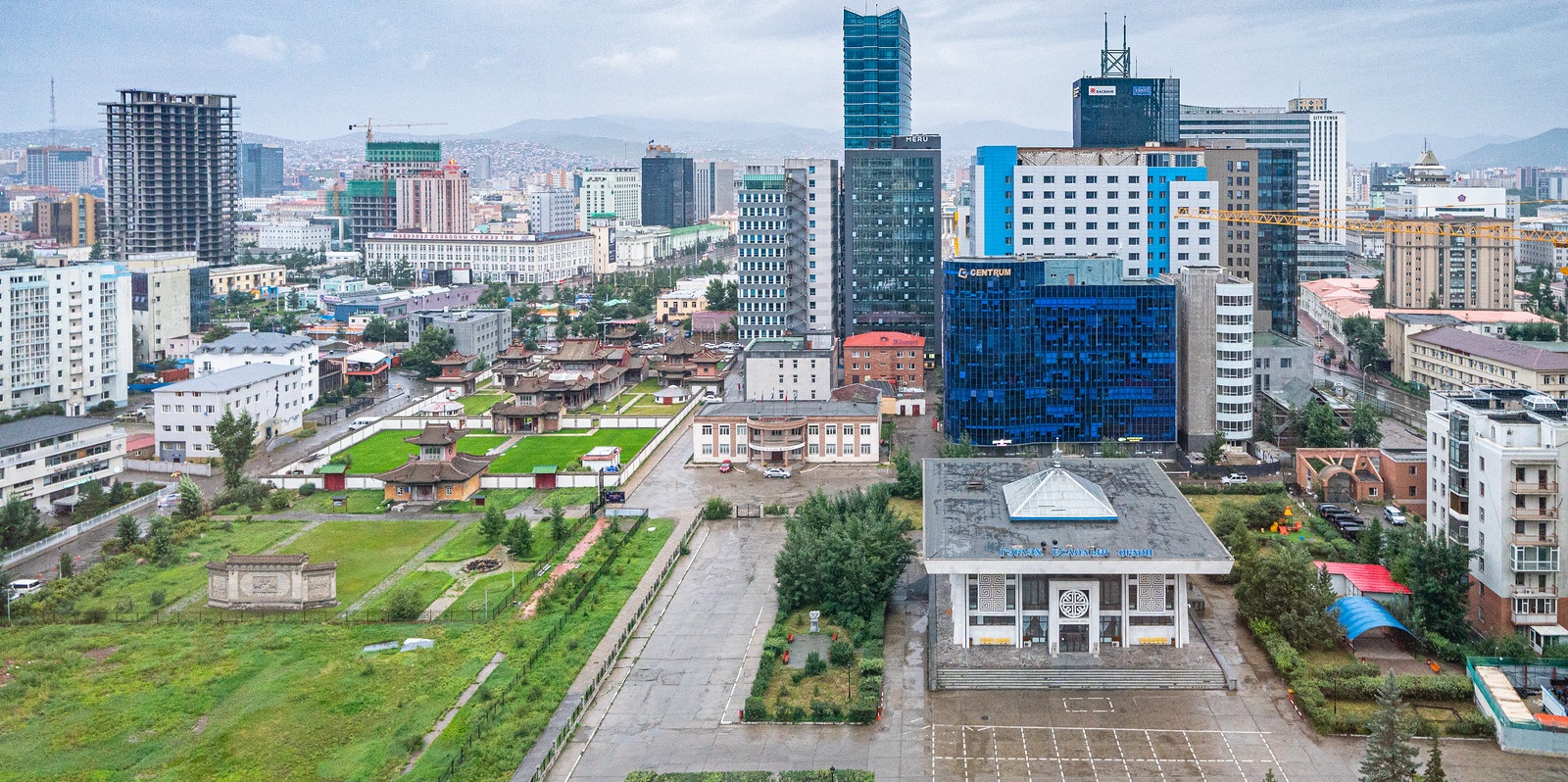
Day 13. Back to Ulaanbaatar
We’ll continue our drive back to Ulaanbaatar, stopping for lunch along the way. Arrival is expected around 15:00, depending on traffic. This marks the end of the tour, with the rest of the day free to relax or explore the city. In the evening, we’ll enjoy a farewell dinner to celebrate the journey.
Program
 Meal
Meal
 3g/4g
3g/4g
 Bath
Bath
 Light
Light
 Charging
Charging